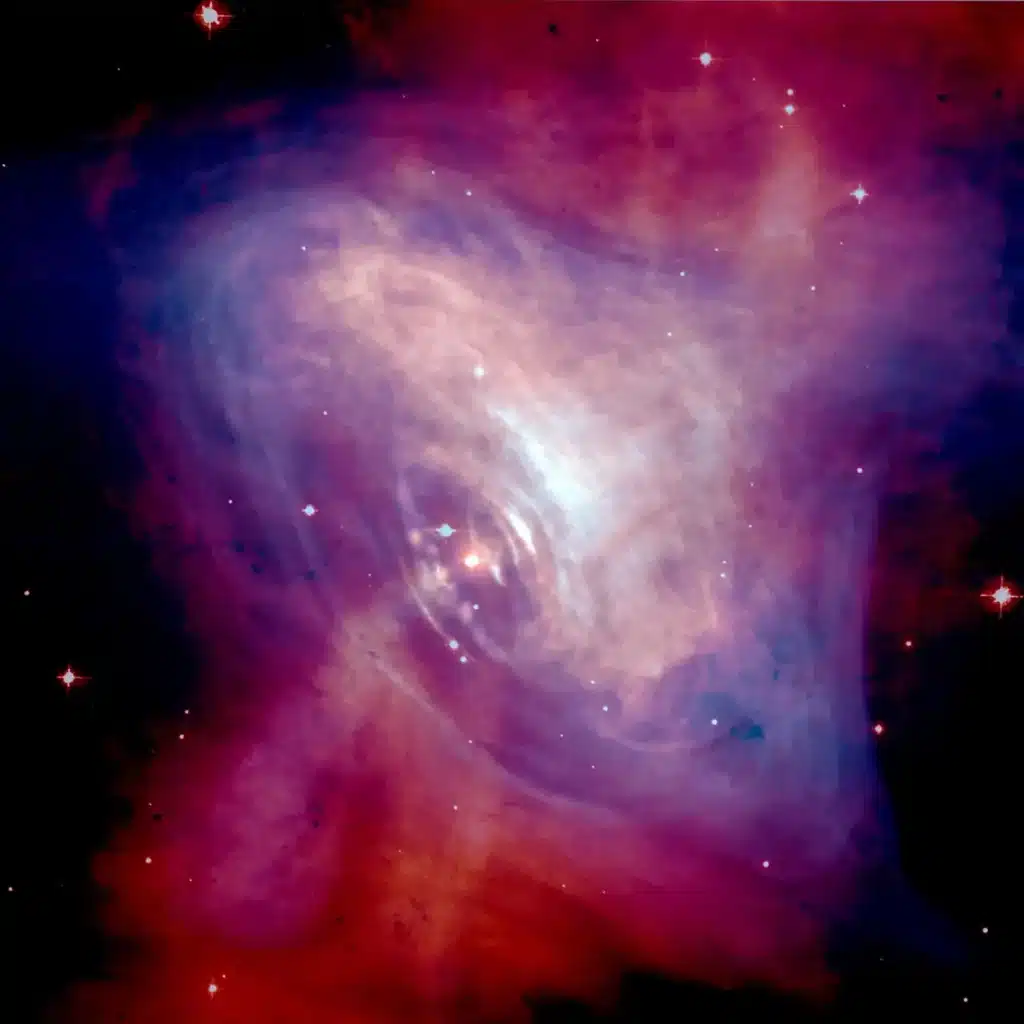There’s No Dark Matter? Shocking Study Upends Decades Of Consensus About Universe’s Composition

A new study is turning the scientific community upside-down. Researchers from the University of Ottawa suggest the universe might not contain dark matter, a component that has been a fundamental part of cosmological models for years.
Dark matter is a term used in cosmology to describe a type of matter that does not interact with light or the electromagnetic field, making it invisible and detectable only through its gravitational effects. Scientists have long believed that dark matter makes up about 27 percent of the universe, with ordinary matter constituting less than 5 percent, and the rest being dark energy. This understanding has helped explain the behavior of galaxies, stars, and planets.
